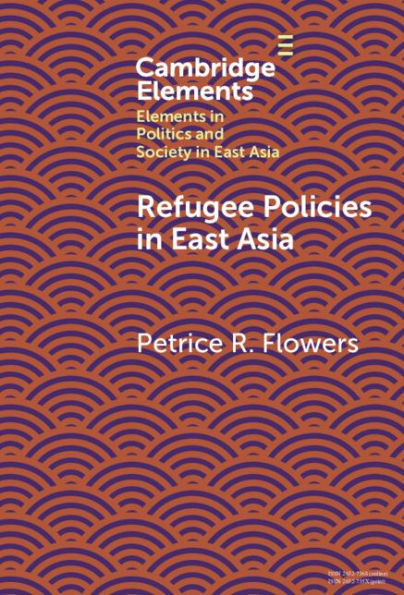East Asia stands apart from the rest of Asia in the prevalence of the institutionalization of the 1951 Refugee Convention. Despite this widespread adoption of the Convention in East Asia, the record on implementation into domestic law and policy is uneven. This Element offers a comparative analysis of the gap between the institutionalization of the Refugee Convention and the implementation of refugee policy in China, Japan, South Korea, Hong Kong, Taiwan, Macau, and Mongolia. Specific attention is given to two key policy issues: refugee status determination—deciding who is granted government recognition as a refugee—and complementary forms of protection—protection based on statutes other than the Refugee Convention. This Element demonstrates that implementation of the Refugee Convention in East Asia depends on a vibrant civil society with the space and opportunity to engage with local UNHCR offices, local branches of international nongovernmental organizations (INGOs), and other stake holders.
1146695629
Refugee Policies in East Asia
East Asia stands apart from the rest of Asia in the prevalence of the institutionalization of the 1951 Refugee Convention. Despite this widespread adoption of the Convention in East Asia, the record on implementation into domestic law and policy is uneven. This Element offers a comparative analysis of the gap between the institutionalization of the Refugee Convention and the implementation of refugee policy in China, Japan, South Korea, Hong Kong, Taiwan, Macau, and Mongolia. Specific attention is given to two key policy issues: refugee status determination—deciding who is granted government recognition as a refugee—and complementary forms of protection—protection based on statutes other than the Refugee Convention. This Element demonstrates that implementation of the Refugee Convention in East Asia depends on a vibrant civil society with the space and opportunity to engage with local UNHCR offices, local branches of international nongovernmental organizations (INGOs), and other stake holders.
23.0
In Stock
5
1

Refugee Policies in East Asia

Refugee Policies in East Asia
Related collections and offers
23.0
In Stock

Product Details
| ISBN-13: | 9781009002608 |
|---|---|
| Publisher: | Cambridge University Press |
| Publication date: | 01/30/2025 |
| Series: | Elements in Politics and Society in East Asia |
| Sold by: | Barnes & Noble |
| Format: | eBook |
| File size: | 3 MB |
From the B&N Reads Blog
